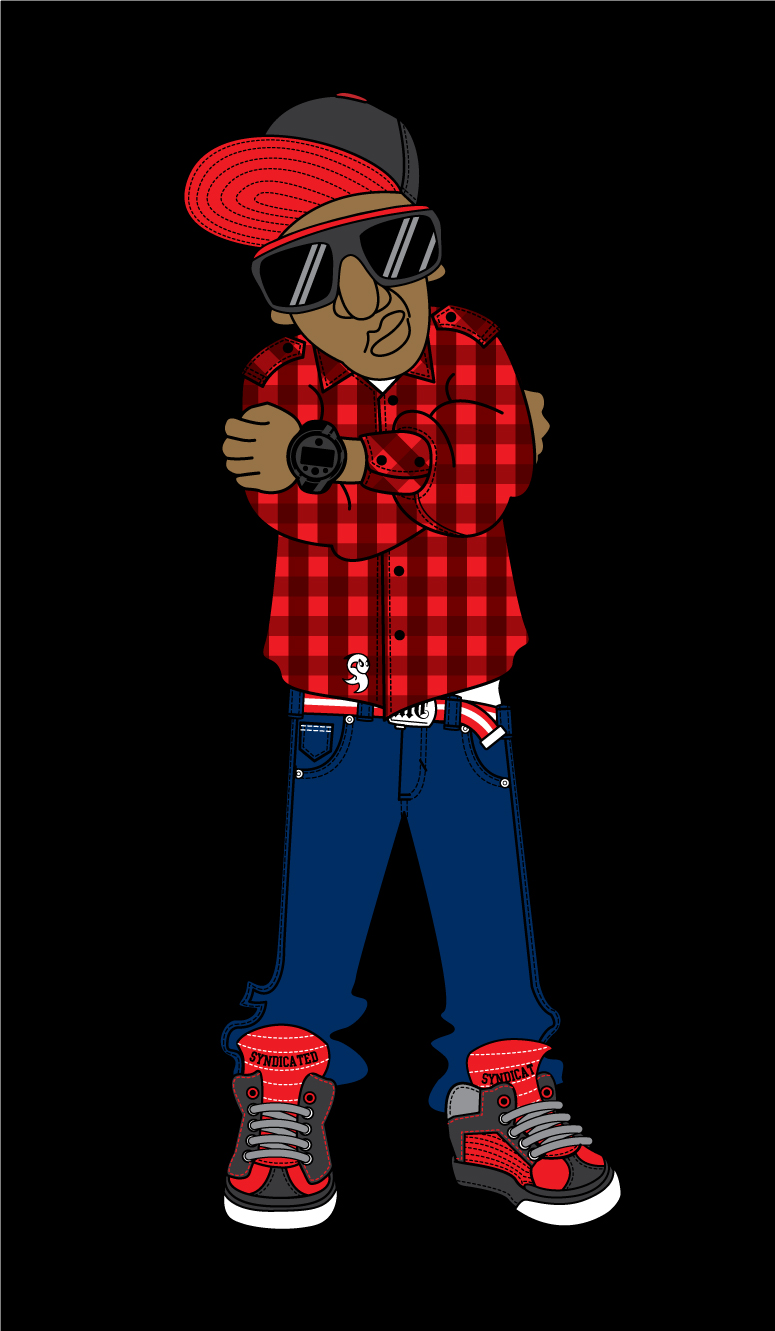You have to hand it to
Verizon Wireless: though the Google Android operating system now extends to a handful of devices, the carrier was able to get the tech world "excited" about its first Android phone. First known as the Sholes, the Motorola Droid swirled into the gadget rumor mill this summer. And even as Verizon unveiled its
television commercial attacking the iPhone, firm details on the Droid remained few and far between. That is, until now.
Officially announced on October 28 and set for a November 6 release, the Droid delivers on much of the hype. The display is gorgeous, the
Android 2.0 updates are excellent, and the handset is lightning fast, particularly for an Android phone. We'll refrain from using the
dreaded "iPhone killer" expression, but comparisons between the two devices are obvious, and we see the Droid as a real competitor to Apple's device. On the downside, we weren't crazy about the keyboard and dialpad accessibility, the calendars aren't fully integrated, and we'd prefer to see dual-mode (GSM/CDMA) capability. But for Verizon's first pass at Android, the Droid more than delivers. And even better, it's a clear departure from Verizon's locked-down past. At $199, the Droid is on par with T-Mobile's Android device, but it's slightly more expensive than Sprint's devices.
Design and display
At first glance, you might not think the Motorola Droid's design amounts to much. Its build is rather dull and the sharp angles result in a boxy look. But this is a smartphone with a lot of surprises, the biggest being the positively gorgeous WVGA display. At 3.7 inches, it surpasses even the iPhone and is firmly in the bounds of what we consider to be an acceptable size for a touch-screen display. Color support is generous (16 million hues) and the resolution (440x854 pixels) is some of the richest we've seen. We aren't kidding when we say that this display is bright and brilliant with vibrant colors and sharp graphics. It also lends itself well to the welcome Android 2.0 interface updates (more on that later).
As we said, the Droid's display is spectacular.
Of course, with such a large display, the Droid is rather big (4.56 inches tall by 2.36 inches wide by 0.54 inch thick), but that's a small price to pay for the top-notch display. You'll notice that the Droid is heavy (5.96 ounces) compared with other smartphones, but the trim design keeps it portable. We also welcome the solid feel in the hand, even if the slider mechanism is a bit quirky. The actual sliding motion is quite stiff, but the front face doesn't really lock into place on either end. Indeed, we noticed that even a gentle nudge can start to close the Droid. No, it's not a big deal, but it's something to consider.
The Droid is slightly larger than the iPhone.
The capacitive display's touch interface is quick and responsive and we love the added multitouch capability. As with previous Android phones, there's vibrating feedback only for certain functions (like a "long press"), though you can turn off the haptic feedback completely if you desire. When we selected items and scrolled through long lists, there was no lag time in performing the command (more on that later, as well). You also can customize the display's brightness, backlighting time, and animations. The accelerometer will adjust the display's orientation as you rotate the Droid in your hands, but you can turn this feature off.
Outside of the upgrades from Android 2.0 and the Droid-specific tweaks, the basic interface will be familiar to Android users. You get only three home screens--we prefer the five we got on the
Motorola Cliq--but you can customize each pane with widgets. And, of course, the central pane has the Google search bar. The main menu is accessible via the pull tab at the bottom of the display. The menu's design is mostly unchanged. You can move icons around and add shortcuts and folders.
Keypad and controls
Below the Droid's display are four touch controls: Back, Home, Search, and Menu. They perform the same functions as on other Android phones, with the search and menu keys being the most useful. The former activates Google search with just one press, and the latter opens relevant menu commands for various handset modes and features. Though the touch controls are responsive, they're not very big. And at the end of the day, we'd prefer actual physical buttons. We know this all comes down to a personal preference, but that is ours.
The Droid has four touch controls below the display.
In a baffling change from previous devices, the Droid does not have a physical Talk control. Instead, you'll have to access the calling functions through a widget on the display. We're not in love with this change, mostly because we prefer to be able to call up the phone dialer without having to go through the home screen. For example, you have to close the browser if you want to make a call while viewing a Web page. The phone dialer interface is mostly the same. The buttons are square rather than round, but you get access to your call log, voice mail, contacts list, and favorites.
We don't love the Droid's keyboard just yet.
When you open the Droid to display the physical keyboard, the screen orientation will change automatically. Though many users will welcome a physical keyboard, we weren't particularly impressed. The keys are flush and squashed next to each other, which makes it difficult to text quickly or by feel. Also, though the buttons do give a slight downward "push," they're a bit slick and we were thrown off by the "dummy keys" on either end of the bottom row. On the whole it is a better experience than the
T-Mobile G1, but typing is not nearly as comfortable as with the Cliq or even with the
Samsung Moment. Sure, you'd probably get used to it eventually, but on the first pass we have our reservations.
The letters on the keys are large and backlit for dialing in the dark. Four rows of keys do mean that numbers and common punctuation and symbols double up with letters. That's common on smartphones, so we won't make a big deal and we like that the top row of keys isn't too close to the slider. Fortunately, there are a fair number of additional controls. We welcome the two Shift keys and the two Alt keys (they sit in pairs on either side of the keyboard), the large and convenient space bar, and the menu and search keys. You'll also find the usual back and delete buttons. Additional symbols, however, require a separate virtual keyboard.
Speaking of which, the Android virtual keyboard is largely the same, but Google says it revamped the keyboard layout for faster, more-accurate typing. We haven't noticed specific design changes just yet, but we'll explore a bit more. Also, as Google puts it, "the multitouch support ensures that key presses aren't missed while typing rapidly with two fingers." When using either keyboard, Android 2.0 offers a better dictionary that includes contacts names.
The toggle and central OK button next to the display is easy to use. It can help you browse through the menus and select items, but with the exception of games, we barely used it given the fantastic display. It's flush as well, but it's quite large and accessible. On the downside, however, it does shrink the width of the keyboard. Some users may not mind, but we noticed its impact.
The Droid has a 3.5-millimeter headset jack.
The remaining physical controls consist of a volume rocker and a camera shutter on the left spine. Both are almost flat, but we could find the rocker when on a call. The Micro-USB port is used for a USB cable and (thankfully) the charger. You also use it to connect the Droid with the multimedia dock. We're pleased with the 3.5 millimeter headset jack on the phone's top end. Not only can you use your own headset, but it's also in a convenient place. A stiff power control sits next to the port, while the camera lens, flash, and stereo speakers rest on the rear face. Unfortunately, you have to remove the battery to access the microSD card slot.
You must remove the Droid's battery to access its memory card slot.
Features
The Motorola Droid offers a number of the same core features as previous Android devices, such as the
HTC Heroand the Samsung Moment. However, it's distinct in that the Droid is the first smartphone to run
Android 2.0, which brings a crop of new features and interface enhancements. For this review, we'll concentrate more on the new rather than the old, but to learn more about some of Android's main functionalities, please check out reviews of other
Android smartphones.
Android 2.0 updates
As we mentioned earlier, the home screen and main menu on Motorola Droid don't look terribly different from, say, the
T-Mobile MyTouch 3G's at a glance. However, as you use the device, you'll notice subtle changes and enhancements that make the user interface a bit more refined and streamlined; the gorgeous display doesn't hurt, either.
Also, although it's a Motorola phone, the Droid does not use the
MotoBlur software that we saw on the Motorola Cliq. Part of the reason is that the Droid is targeted for a bit of a different audience than the Cliq (read: older, more business-oriented) so it didn't really jibe with the experience that Moto and Verizon want to offer to its customers, and we think that was a good decision. In MotoBlur's place, there is a Facebook widget on the Droid that you can use to update your own status and scroll through your friends' updates. Other preloaded widgets and shortcuts include YouTube, a corporate calendar, and something called "Power Control" where you can turn on/off your wireless connections, adjust brightness, and so forth--quite handy.
Some other minor changes include the slightly revamped onscreen dialer mentioned in the Design section, as well a new lock screen that features a sliding curve that allows you to unlock the phone as well as adjust the its volume simply by dragging your finger from one side of the screen to the other.
E-mail, calendar, and contacts
Perhaps one of the top highlights of Android 2.0 is the expanded capabilities of the personal information management tools, including e-mail, calendar, and contacts.














No comments:
Post a Comment